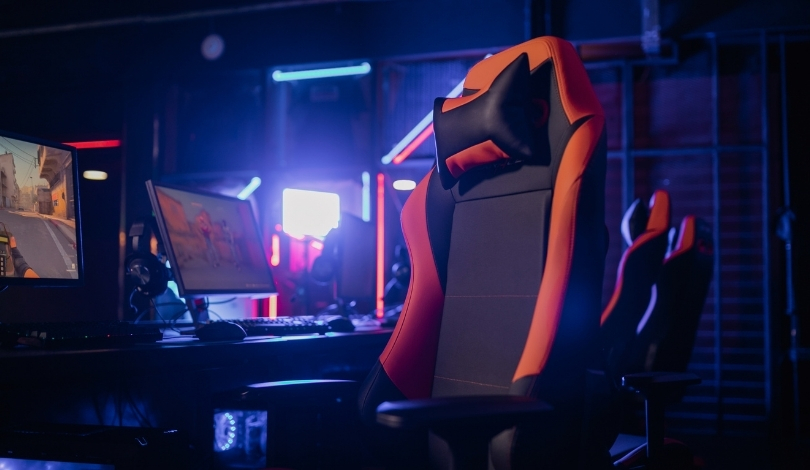Players are increasingly valuing immersive experiences over streamlined gameplay in recent video game releases. This trend highlights a desire for deeper engagement and challenges that encourage exploration and strategic thinking. Developers are responding by designing features that intentionally limit conveniences, fostering a more authentic gaming environment.
Gaming preferences have shifted towards titles that prioritize exploration and manual navigation. Unlike traditional games that emphasize fast travel and automated systems, newer releases are embracing complexity to enhance player satisfaction. This approach resonates with enthusiasts seeking a more genuine and rewarding gameplay experience.
Compared to earlier releases, current games offer fewer shortcuts, requiring players to engage more deeply with game mechanics. This change encourages players to invest time in understanding the game world, leading to a more fulfilling and personalized gaming journey.
How Are Games Limiting Fast Travel?
Developers are restricting fast travel options to encourage players to explore game environments thoroughly. For instance, in Dragon’s Dogma 2, the fast travel system is limited to the point of being almost non-existent, requiring players to journey between cities manually.
What Impact Do Manual Systems Have on Gameplay?
Implementing manual systems like item organization and navigation without minimaps enhances the gaming experience by making it more immersive. Players find satisfaction in physically engaging with the game world, such as manually arranging items in storage or navigating using landmarks.
Are Developers Responding to Player Preferences?
Yes, many developers are designing games that align with player desires for more challenging and authentic experiences. By reducing automated aids, games require players to utilize problem-solving skills and memory, leading to a deeper connection with the game’s narrative and environment.
Industry trends show a move away from overly optimized gameplay towards designs that value player engagement and realistic interactions. This shift reflects a broader demand for games that offer meaningful challenges and rewarding exploration, catering to a more dedicated gaming audience.
Ensuring that game design incorporates elements that require active participation can significantly enhance player satisfaction. Developers focusing on these aspects are likely to see increased loyalty and positive reception from their target audiences.
Emphasizing manual exploration and problem-solving in games offers players a sense of accomplishment and investment in the game world. This strategy not only enriches the gameplay experience but also fosters a more dedicated and enthusiastic player community.










